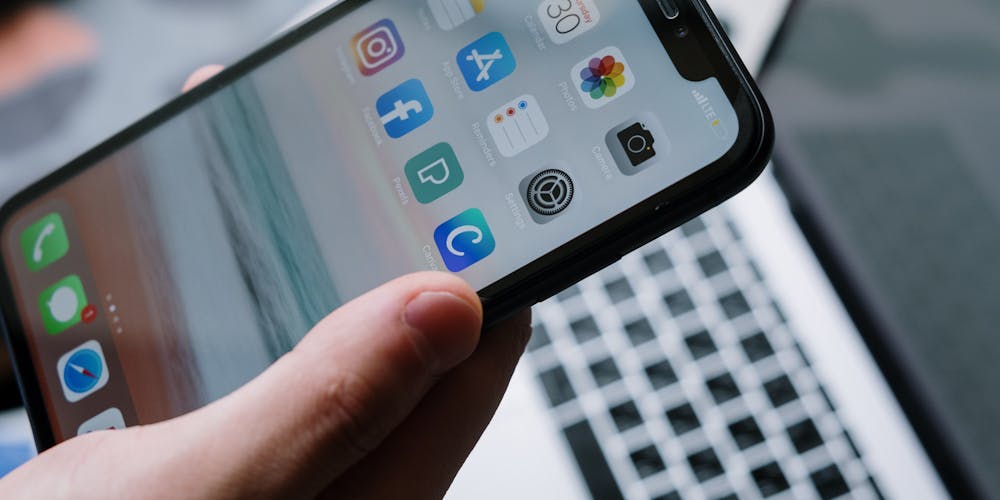Today, digital forensics confronts an ever-evolving battleground, where companies like Cellebrite strive to stay one step ahead in the race against increasingly sophisticated device security. Recently leaked confidential documents shed light on the current state of Cellebrite’s unlocking technology, revealing a juxtaposition of strengths and significant shortcomings. This comprehensive examination dives deep into the capabilities and limitations of Cellebrite’s tools, underlining their essential impact on law enforcement and digital investigations.
Limitations in iPhone Unlocking Technology
Cellebrite’s technology is often scrutinized for its ability to penetrate the high-security standards set by Apple in their iPhones. According to the recent documents, Cellebrite is currently unable to unlock any iPhones running iOS 17.4 or newer, listing these models as “In Research.” Devices running older versions between iOS 17.1 to 17.3.1 do show partial accessibility, where earlier models like the iPhone XR and iPhone 11 can be unlocked using Cellebrite’s “Supersonic BF” brute force capability. However, this partial success is increasingly overshadowed by rapid developments in Apple’s security protocols.
The difficulty amplifies when dealing with newer models such as the iPhone 12 and above, which are still a work in progress for Cellebrite, marked as “Coming soon” in the leaked iPhone Support Matrix. This categorization indicates that the company is relentlessly working to develop the necessary technology to tackle these more secure devices. The entire iPhone 15 lineup, in particular, remains a significant hurdle, labeled as unexploitable due to Apple’s advanced security enhancements. These developments highlight the challenges Cellebrite faces in their continuous effort to keep up with Apple’s ever-evolving security measures, particularly as the newer iPhone models gain a growing market share.
The Growing Challenge of Android Devices
Cellebrite’s struggle is not limited to iPhones; the company faces substantial difficulties with a broad spectrum of Android devices as well. The recently leaked documents highlight Cellebrite’s limited progress with cracking the security of the latest Google Pixel models, such as the Pixel 6, 7, and 8 series. These phones particularly stand out for their robust security measures when powered off, rendering them impervious to brute force attacks, and emphasizing Google’s dedication to enhancing device security.
Additionally, the introduction of specialized operating systems such as GrapheneOS, which offers heightened privacy and security features, adds another layer of complexity to Cellebrite’s challenges. This privacy-focused Android variant is gaining traction among security-conscious users, posing a formidable obstacle for traditional digital forensic techniques. The rise of such specialized systems underscores the broader trend of increasing complexity and diversity in Android device security, making it increasingly difficult for companies like Cellebrite to maintain an edge.
Real-World Implications for Law Enforcement
The limitations of Cellebrite’s unlocking technology carry significant ramifications for law enforcement agencies. A prominent case illustrating these challenges is the recent attempted assassination plot against former President Donald Trump, where the FBI successfully accessed a suspect’s phone. While specific details about the phone model and unlocking method remain undisclosed, this incident underscores the vital role of digital forensics in solving high-profile cases.
Law enforcement agencies worldwide rely heavily on companies like Cellebrite to retrieve essential data from securely locked devices. However, the limitations in unlocking newer phone models present substantial obstacles, potentially delaying the timely procurement of critical evidence. This ongoing conflict between advancing security measures and the need for forensic access highlights the intricate balance that law enforcement agencies must navigate to effectively carry out their investigations.
Cellebrite’s Continuous Development and Ethical Considerations
In today’s rapidly changing landscape, digital forensics faces immense challenges as companies like Cellebrite endeavor to keep pace with the ever-evolving security measures of modern devices. A recent leak of confidential documents has illuminated the current state of Cellebrite’s unlocking technology, revealing both notable strengths and glaring weaknesses. This deep dive into Cellebrite’s tools provides a comprehensive analysis of their capabilities and limitations, highlighting their crucial role in aiding law enforcement and digital investigations. The leaked information showcases how Cellebrite’s technology has become an indispensable asset for investigators, enabling them to access encrypted data that could be critical for solving cases. However, it also exposes gaps and vulnerabilities that need addressing to maintain effectiveness and stay ahead in the technology race. As digital security continues to advance, the ongoing development and refinement of Cellebrite’s tools will remain vital for law enforcement agencies worldwide, ensuring they can efficiently navigate the intricate digital landscape.

